LATVIJA.FM
Kaucminde Manor: A Testament to Latvia's Architectural Heritage and Revival
In the heart of Latvia's Zemgale region, Kaucminde Manor stands as a silent witness to centuries of history, architectural grandeur, and the enduring spirit of restoration. This article delves into the manor's storied past, its architectural significance, and the recent endeavors aimed at returning it to its former glory.
A Glimpse into Kaucminde Manor's Storied Past
Constructed around 1780 for Count Peter Ludwig von der Pahlen, Kaucminde Manor is a distinguished example of early Classicism in Latvian architecture. Designed by Danish-born architect Severin Jensen, the manor's elegant façade and symmetrical design reflect the aesthetic sensibilities of its era. In 1912, a significant expansion integrated adjacent buildings into a cohesive semi-circular ensemble, earning it the moniker "Kaucminde Palace."
Throughout its history, the manor has played various roles, most notably as a renowned home economics school where women were trained in household management—a testament to its adaptability and significance in Latvian cultural life.
Throughout its history, the manor has played various roles, most notably as a renowned home economics school where women were trained in household management—a testament to its adaptability and significance in Latvian cultural life.
The Manor's Decline and Challenges
Despite its illustrious past, the late 20th and early 21st centuries saw Kaucminde Manor fall into neglect. Ownership changes and a lack of consistent maintenance led to significant structural deterioration. By the 1960s, the building was in impeccable condition, but two decades later, it had lost much of its former splendor, with ceilings and floors in disrepair.
A New Chapter: Restoration Efforts Begin
In August 2024, a beacon of hope emerged for Kaucminde Manor. Structural engineer Aiva Dreimane-Ozolzīle acquired the property, driven by a deep appreciation for its architectural and historical value. Recognizing the manor's unique horseshoe-shaped design—rare in Latvia—Dreimane-Ozolzīle embarked on an ambitious restoration journey.
Initial efforts focused on clearing debris and stabilizing the structure. The vision for the manor includes transforming the central building into a museum highlighting three pivotal eras: the time of the Counts, the period of the Kaucminde Home Economics School, and the era of the Saulaine Soviet Technical School. Plans also encompass converting the wings into hotel accommodations and establishing a café, with aspirations to restore the historic park fountain.
Initial efforts focused on clearing debris and stabilizing the structure. The vision for the manor includes transforming the central building into a museum highlighting three pivotal eras: the time of the Counts, the period of the Kaucminde Home Economics School, and the era of the Saulaine Soviet Technical School. Plans also encompass converting the wings into hotel accommodations and establishing a café, with aspirations to restore the historic park fountain.
Financial Considerations and Community Involvement
Restoring such a monumental structure is a formidable financial endeavor, with estimates suggesting costs could reach or exceed one million euros. Dreimane-Ozolzīle is actively seeking funding through various channels, including state programs dedicated to the conservation and restoration of cultural monuments, which offer grants up to €20,000 per project.
The restoration initiative has galvanized community support, with family, friends, and local volunteers contributing to the initial cleanup and ongoing efforts. This collective endeavor underscores a shared commitment to preserving Latvia's cultural heritage.
The restoration initiative has galvanized community support, with family, friends, and local volunteers contributing to the initial cleanup and ongoing efforts. This collective endeavor underscores a shared commitment to preserving Latvia's cultural heritage.
Looking Ahead: The Manor's Future Prospects
The ambitious goal is to complete the restoration within five years, transforming Kaucminde Manor into a vibrant cultural and historical hub. While challenges remain, the dedication of the new ownership and the surrounding community offers a promising outlook for this architectural gem.
Kaucminde Manor's journey from grandeur to decline and now towards revival mirrors the resilience of Latvia's heritage. Its restoration not only honors the past but also paves the way for future generations to connect with and appreciate the nation's rich history.
For those captivated by the allure of historic manors and the stories they embody, Kaucminde Manor stands as a poignant symbol of architectural beauty, cultural significance, and the enduring pursuit of preservation.
Kaucminde Manor's journey from grandeur to decline and now towards revival mirrors the resilience of Latvia's heritage. Its restoration not only honors the past but also paves the way for future generations to connect with and appreciate the nation's rich history.
For those captivated by the allure of historic manors and the stories they embody, Kaucminde Manor stands as a poignant symbol of architectural beauty, cultural significance, and the enduring pursuit of preservation.
Cover image: Kaucminde Manor, photographed by simka on June 5, 2010.
Licensed under CC BY-SA 3.0.
Source: Wikimedia Commons.
Licensed under CC BY-SA 3.0.
Source: Wikimedia Commons.
